Frida and Her Wardrobe
Still a style icon more than half a century after her death, Frida Kahlo’s iconic outfits reflected the love she had for her country’s folklore and artistic traditions while also challenging the gender stereotypes and aesthetic norms of the time. That dichotomy is explored in colorful detail in Miradas de Mujeres: Isabelle de Borchgrave & the World of Frida Kahlo (March 4–June 11), a new exhibition at the Naples Art Institute.
A Belgian artist who first made a name for herself in interior design, de Borchgrave spent nearly three years creating this tangible opus, which is mainly composed of interpretations of Kahlo’s outfits, as well as carpets, furniture, and other elements that recreate the unique universe the artist inhabited. Painted entirely by hand, the entire endeavor required more than two-and-a-half miles of the cardboard and paper de Borchgrave used for her creations.
Unlike the suffering and pain that’s often associated with the artist’s life and featured in her works, de Borchgrave presents us with a different perspective: the joy of living of a woman who managed to transcend hardship and emerge as a cultural icon.
Frida In Residence
Throughout her life, Frida Kahlo endured pain that was both physical, caused by a childhood bout with polio and a nearly tragic bus accident in her teens, and emotional, the result of a tumultuous marriage to Mexican muralist Diego Rivera. During these times of suffering, she found solace in the place that would eventually come to be known as La Casa Azul, her residence in Mexico City’s Coyoacán borough, a place marked by her love for the natural world. Frida and Her Garden (through Sept. 10) explores the influence this dwelling had on Kahlo’s work.
The Naples Botanical Garden, where the installation takes place, spent nearly a year transforming a previously inaccessible portion of its grounds into replicas of the elements that made La Casa Azul special, including the home’s iconic façade and a step pyramid on which Kahlo and Rivera used to display their collection of pre-Hispanic figures.
True to its name, the presentation features various garden spaces with native Mexican plants that visitors may recognize from Kahlo’s paintings, as well as multiple sculptures of animals the artist loved and sheltered. Taken as a whole,
the outdoor exhibition is a microcosm of Kahlo’s world and a testament to the power of setting when dealing with heartache.



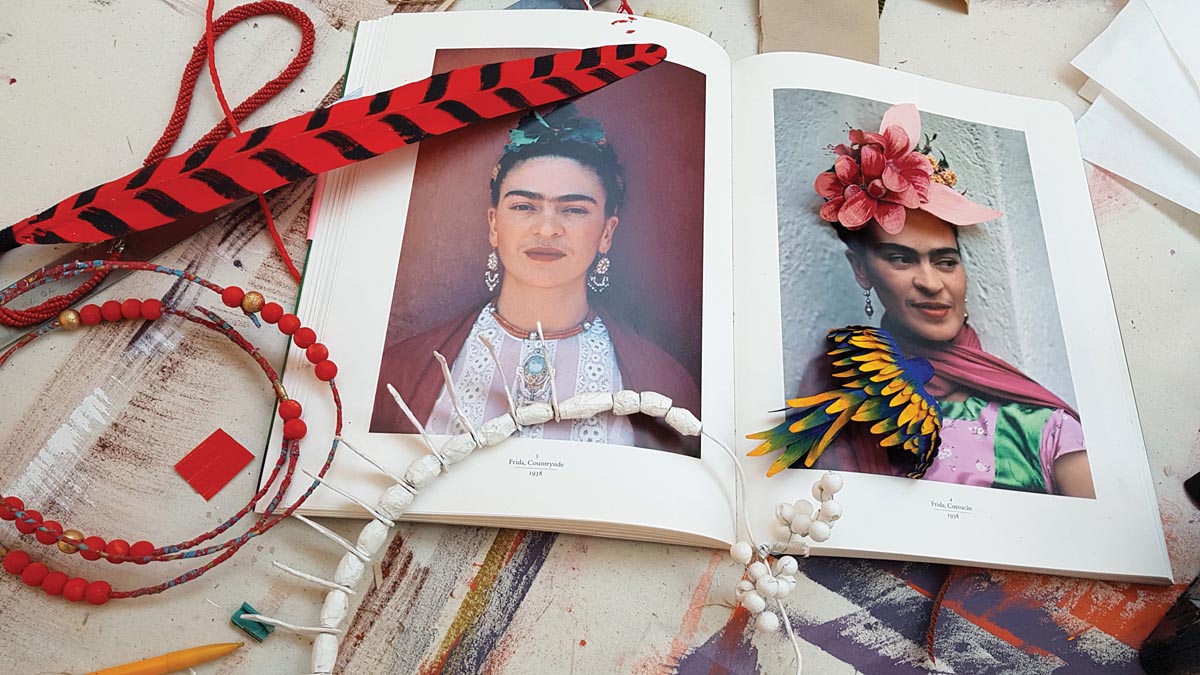
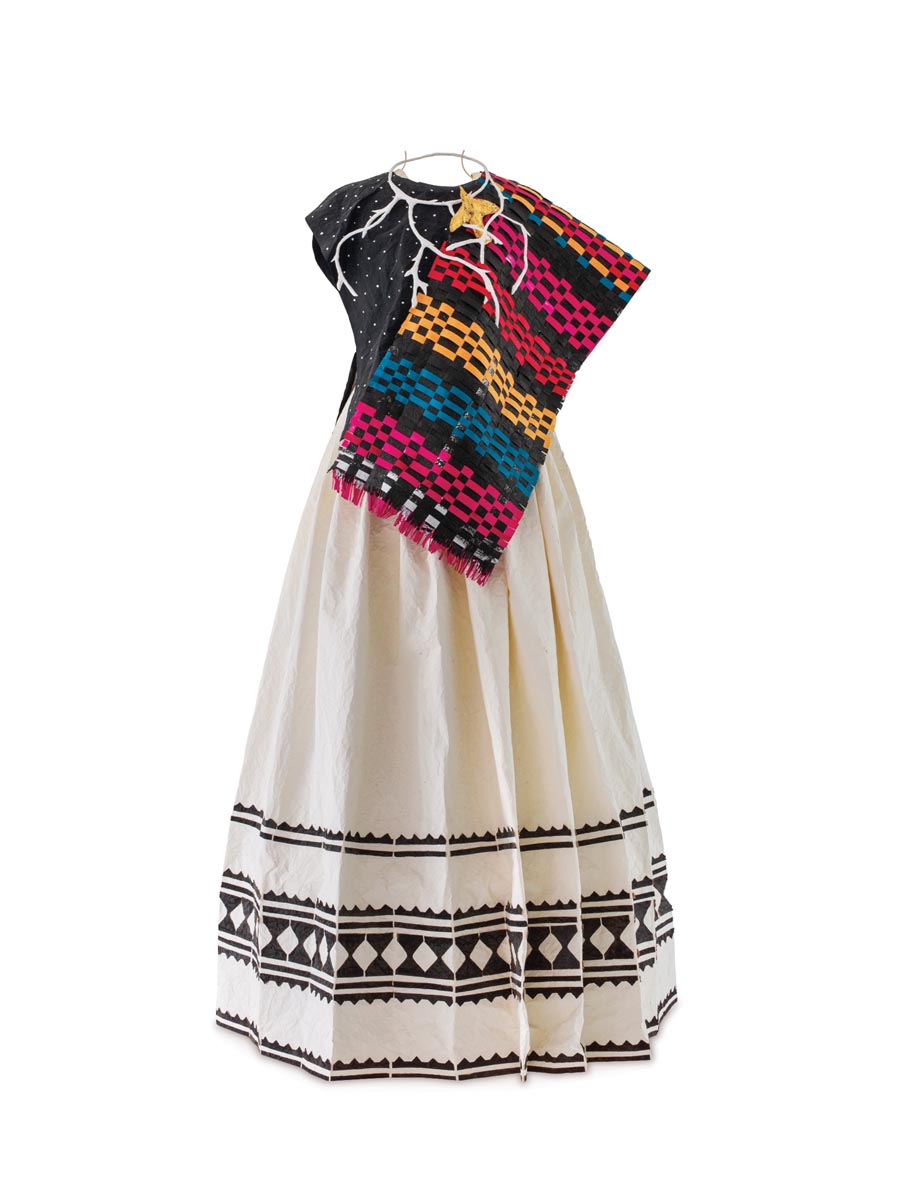
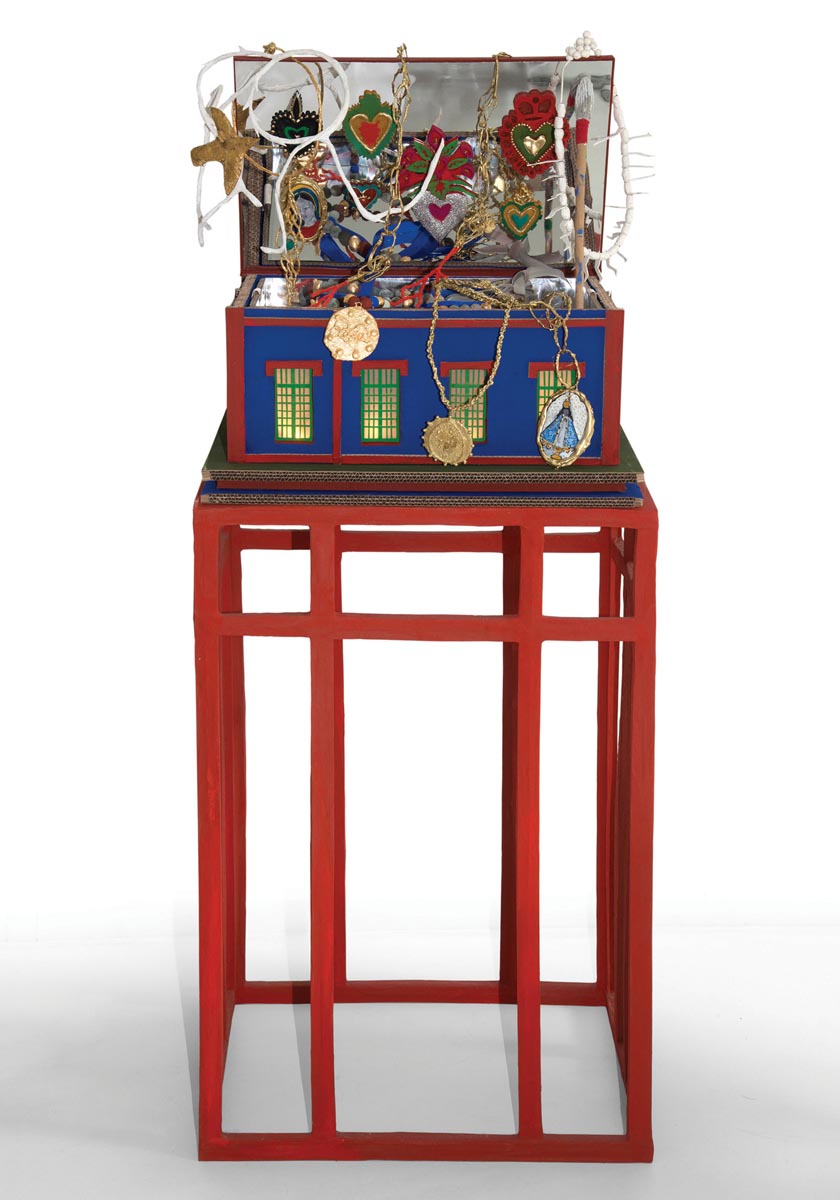
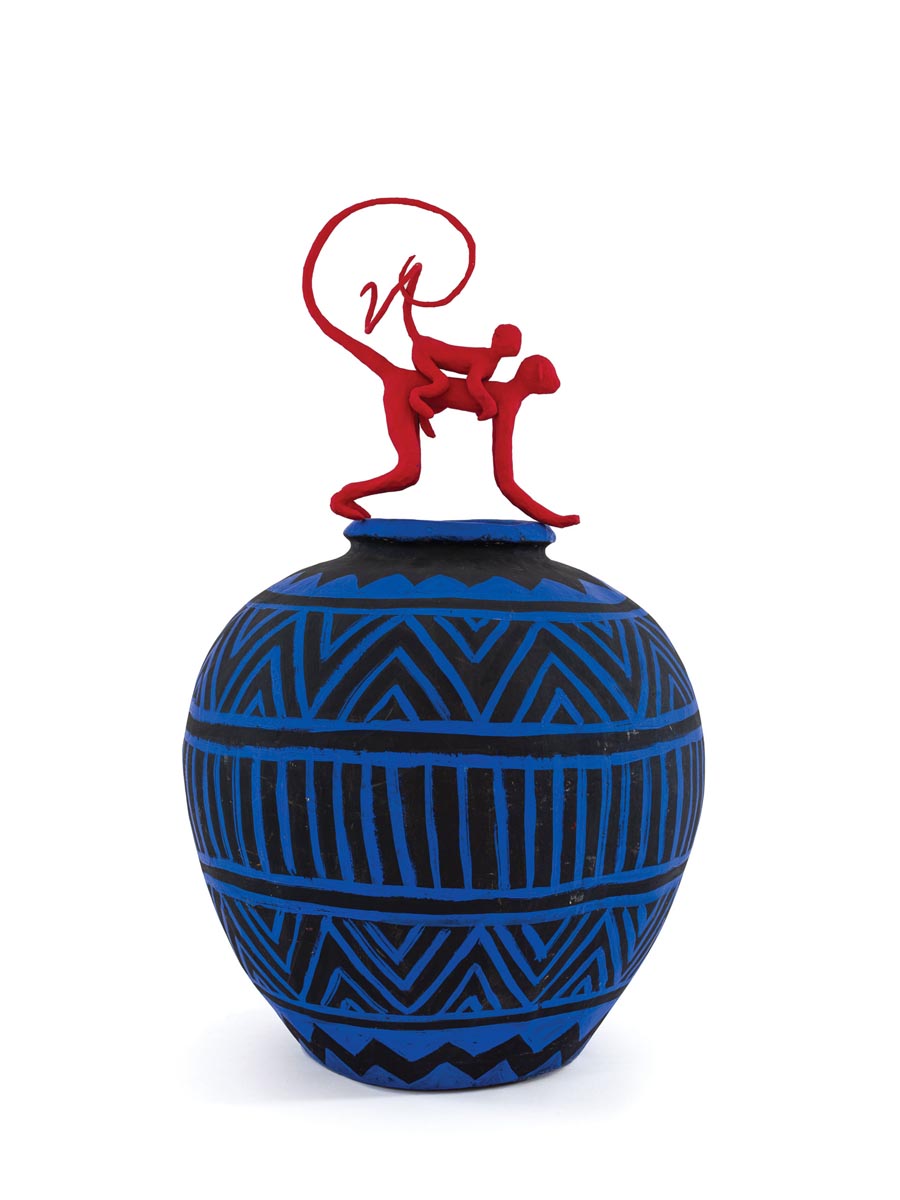



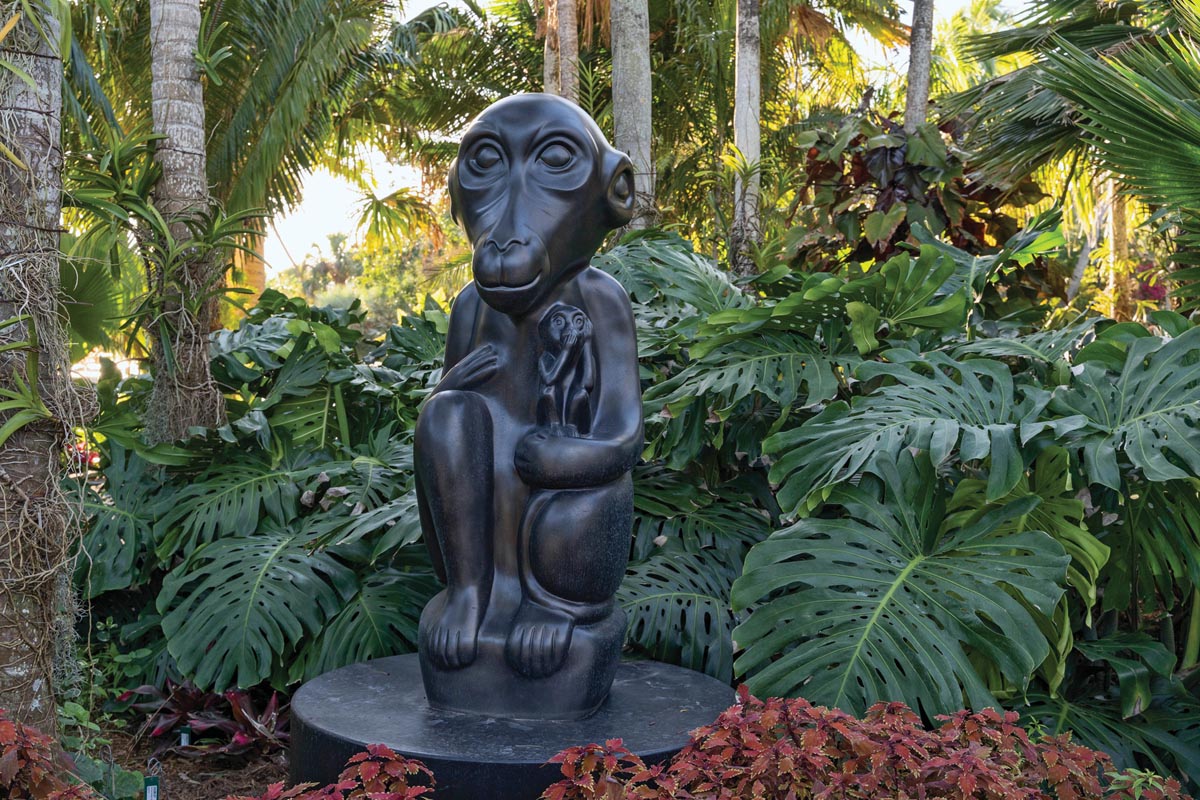










Facebook Comments